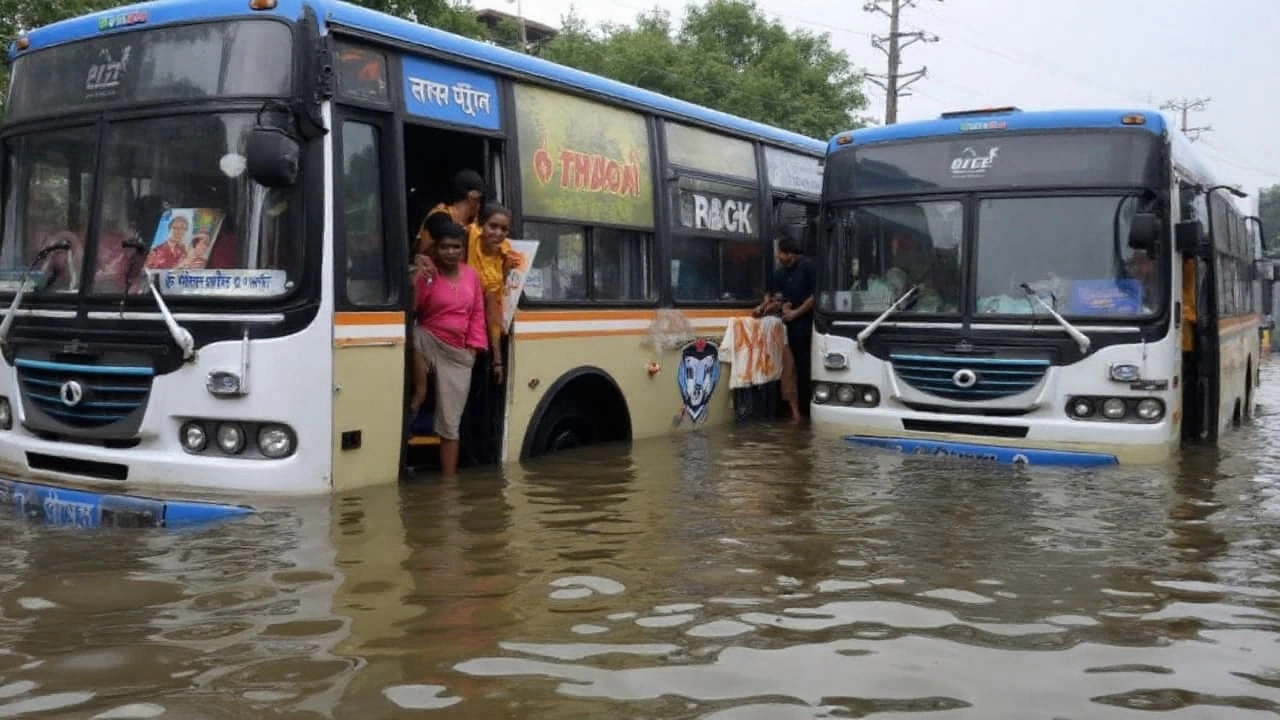Urban Drainage Explained: Why It Matters and How to Improve It
Ever stepped out of a heavy rain and seen water pooling on the street for hours? That’s a sign that a city’s drainage system isn’t doing its job. Urban drainage is the network of pipes, ditches, and green spaces that move rainwater away from streets, homes, and businesses. When it works, you get dry sidewalks and safe roads; when it fails, you get traffic jams, property damage, and health risks.
What Is Urban Drainage?
Think of urban drainage as the city’s plumbing for rain. It starts with the surface – roofs, pavements, and parking lots – where water lands. From there, it flows into curbs, storm drains, and underground pipes that carry it to rivers or treatment plants. The system has two main jobs: prevent water from staying on streets and protect buildings from water‑related damage.
Problems arise when too much concrete blocks the ground’s natural ability to soak water, or when drains get clogged with trash, leaves, and sediment. The result is "urban flooding" – a situation that costs billions each year, disrupts daily life, and can spread disease.
Simple Ways to Boost City Drainage
Improving urban drainage doesn’t always mean digging massive tunnels. Small, practical steps can make a big difference. First, keep storm drains clean. Citizens can report blockages and avoid dumping waste into drains. Municipal crews should schedule regular clean‑ups, especially before monsoon seasons.
Second, add green infrastructure. Planting trees, creating rain gardens, and installing permeable pavement let water soak into the ground instead of rushing into pipes. These solutions also cut down heat‑island effects and improve air quality.
Third, promote rainwater harvesting. When homes and businesses collect rain in barrels or tanks, less water enters the public system, easing the load during heavy storms. It’s a win‑win: lower water bills and reduced flood risk.
Fourth, upgrade old pipe networks. Many cities still run on decades‑old concrete pipes that corrode or collapse under pressure. Replacing them with larger, smoother pipes or adding secondary overflow channels can handle sudden spikes in water volume.
Fifth, enforce better zoning rules. Limiting construction on flood‑prone areas, requiring developers to include drainage plans, and mandating green roofs can prevent new problems from arising.
Finally, educate the public. Simple messages like "don’t throw plastic bags in the drain" or "clean gutters on your roof" empower residents to protect the system. Community workshops and social media campaigns spread these tips quickly.
All these actions work together. When citizens keep drains clear, cities invest in green spaces, and officials modernize infrastructure, urban drainage becomes a reliable shield against flooding.
So next time you see a puddle linger after a storm, remember it’s not just a nuisance – it’s a signal that the drainage system needs attention. By staying informed and taking small steps, you can help keep your streets dry and your city resilient.

Kolkata Flooding 2025: Six Hours of Record Rain Submerged India's Cultural Capital
On September 23, 2025, Kolkata was hit by an unprecedented downpour that flooded streets, schools and transport hubs in a matter of hours. The deluge, coinciding with the start of Durga Puja, claimed 8‑12 lives and left dozens injured or missing. Rainfall totals topped 330 mm in some neighborhoods, overwhelming the city’s drainage. Closed lock gates compounded the problem, stopping natural outflow to the Hooghly River. The disaster has sparked fresh debate on climate resilience and urban planning in Indian metros.